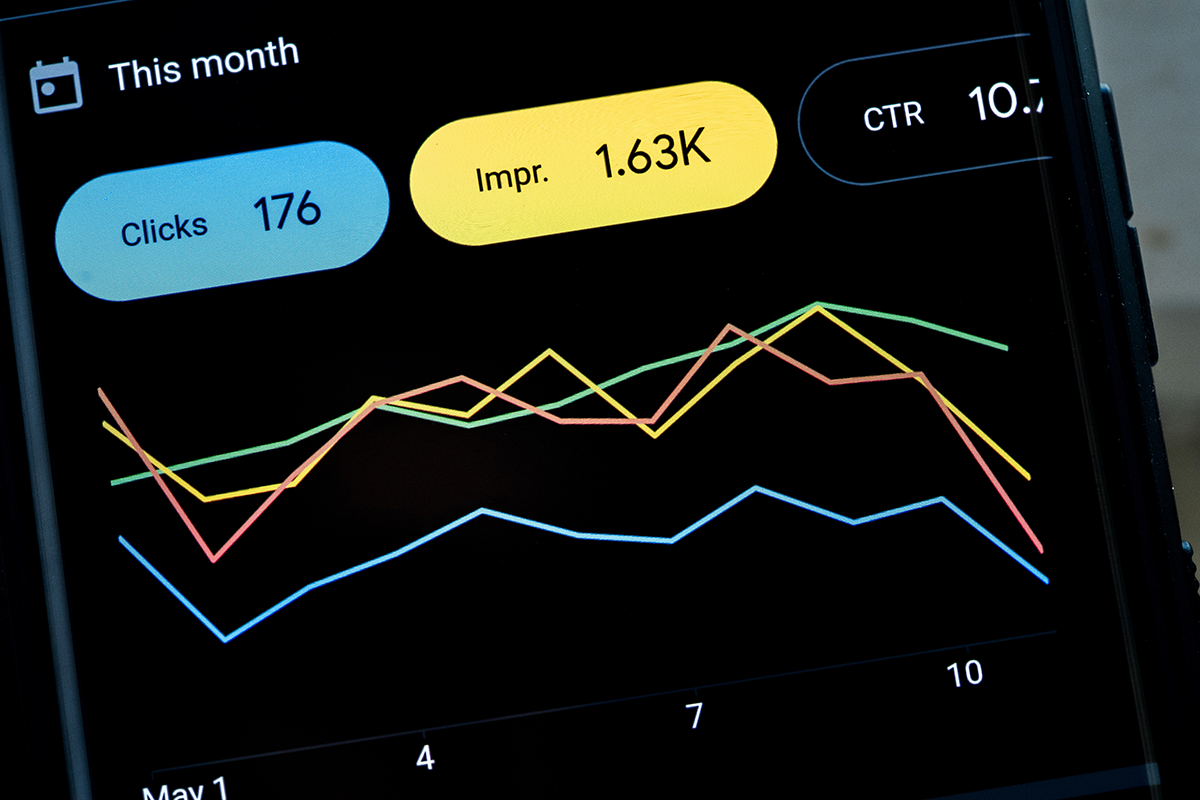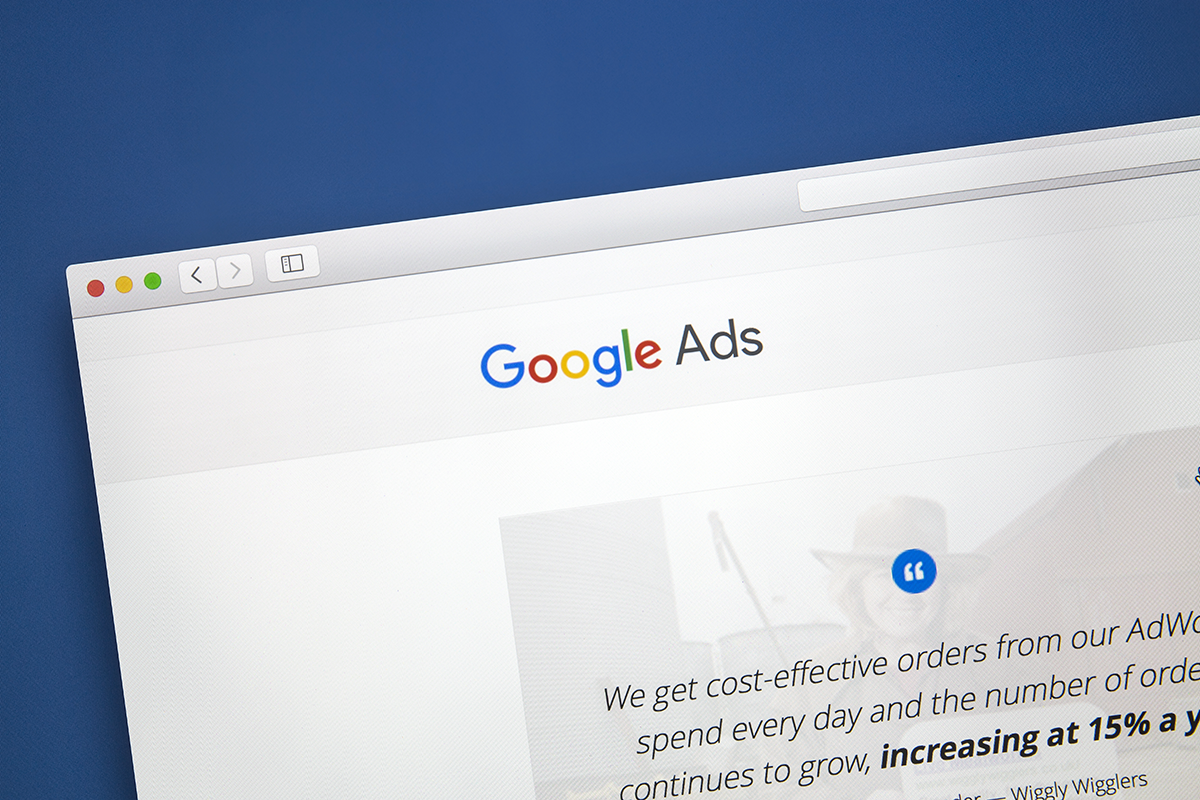Does Google Pay-Per-Click Advertising Work? Exploring the Efficacy of Google Ads
In the digital marketplace, businesses constantly seek effective ways to reach their target audience and drive conversions. Google Pay-Per-Click Advertising (PPC) , also known as Google Ads, emerges as a prominent contender, promising instant visibility and targeted reach. But does it truly work? To answer that, we need to delve deeper into the pros, cons, and complexities of this advertising model.
The Allure of Targeted Visibility
Google Ads thrives on its core principle: reaching the right people at the right time. By bidding on relevant keywords and utilising granular targeting options, businesses can place their ads directly in front of users actively searching for related products, services, or information. This laser-focused approach stands in stark contrast to traditional advertising methods, which often involve casting a wide net with limited control over who sees the message.
Measurable Results: Tracking Every Click and Conversion
One of Google Ads’ biggest strengths is its detailed performance reporting. Every click, impression, and conversion is meticulously tracked, providing valuable insights into campaign effectiveness. This data-driven approach allows businesses to optimise their ads, monitor return on investment (ROI), and adjust strategies for maximum impact. This level of transparency is rarely found in other marketing channels, making Google Ads a data-driven dream for marketers.

The Quick Fix: Instant Results Compared to SEO
Unlike organic search engine optimisation (SEO), which can take months to build momentum, Google Ads offers immediate visibility. Once your campaign is active and approved, your ads can start appearing in search results within minutes. This instant gratification is particularly appealing for businesses seeking quick traffic boosts or promoting time-sensitive campaigns. However, it’s crucial to remember that long-term success requires constant optimization and strategic adjustments.
Flexibility at Your Fingertips: Budget Control and Diverse Formats
Google Ads empowers businesses with remarkable control over their budget. Set daily or campaign-level spending limits, adjust bids in real-time, and pause campaigns anytime. This flexibility allows businesses of all sizes to experiment and optimise their spending efficiently. Additionally, Google Ads offers a variety of ad formats – text, image, video, and shopping – enabling businesses to tailor their message to different audiences and objectives.
But It’s Not All Sunshine and Rainbows:
While Google Ads presents an alluring package, it’s not without its challenges. Here are some potential downsides to consider:
The Bidding Battlefield: Fierce Competition and Rising Costs:
The highly competitive nature of Google Ads can lead to bidding wars, especially for popular keywords. This can drive up costs significantly, making it difficult for smaller businesses to compete with industry giants. Careful keyword research and strategic bidding strategies are crucial to mitigate this challenge.
The Art of Campaign Management: Expertise Matters:
Optimising Google Ads campaigns for maximum ROI requires ongoing effort and expertise. This might involve mastering keyword research, crafting compelling ad copy, testing different targeting options, and analysing performance data. While Google provides resources and support, navigating the complexities of campaign management can be daunting, especially for businesses lacking internal marketing expertise.
Click Fraud: Beware of Bots and Deceptive Practices:
Unfortunately, the digital world isn’t immune to malicious actors. In some cases, fraudulent clicks from bots or click farms can inflate campaign costs without generating genuine leads. Implementing click-fraud protection measures and closely monitoring campaign traffic are essential to safeguard your budget.
Success Isn’t Guaranteed: It’s a Strategic Game:
Like any marketing strategy, Google Ads requires careful planning and execution to succeed. Simply throwing money at keywords and expecting instant results is a recipe for disappointment. Understanding your target audience, crafting compelling ad copy, and continuously optimising your campaigns are key to maximising your impact.
So, Does Google Ads Work? It Depends…
Ultimately, Google Ads is a powerful tool in your digital marketing arsenal, but it’s just one piece of the puzzle. Combining it with organic SEO efforts, social media marketing, and content marketing can create a synergistic effect, amplifying your reach and impact. Ultimately, the decision of whether Google Ads “works” rests with you. By carefully weighing the pros and cons, understanding your industry and target audience, and investing in strategic campaign management, you can unlock the true potential of this advertising platform and drive your business forward.
Additional Considerations:
- Industry and Competition: Some industries naturally experience higher competition and keyword costs, necessitating careful budget planning and alternative strategies.
- Target Audience: Deeply understanding your ideal customer and their online behaviour is crucial for effective targeting and ad messaging.
- Goals and Objectives: Are you seeking brand awareness, lead generation, or immediate sales? Aligning your campaigns with clear goals will guide your approach.
- Testing and Optimisation: Continuous testing of different ad copy, keywords, and targeting options is essential for maximising campaign performance.
- Seek Professional Help: If you lack internal marketing expertise, consider partnering with a Google Ads certified professional for campaign management and guidance.
For more information on Google Pay-Per-Click Advertising contact Click Return.

